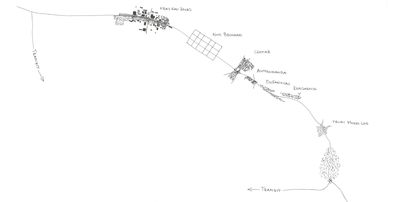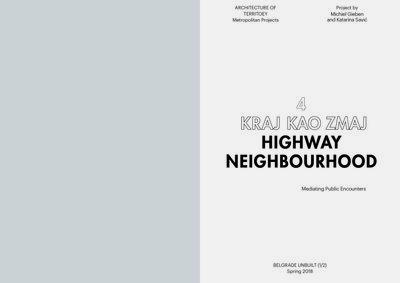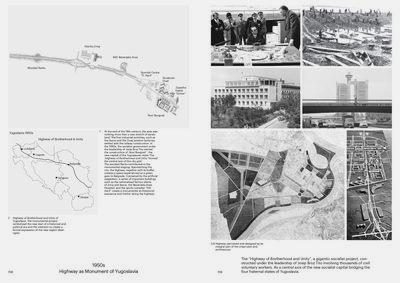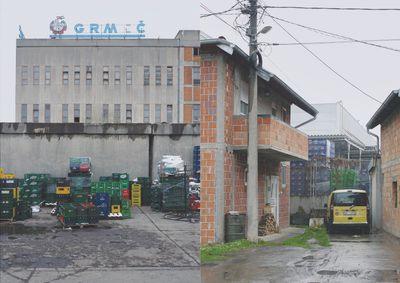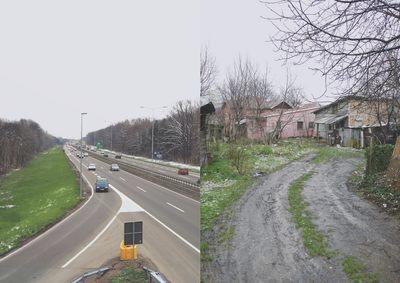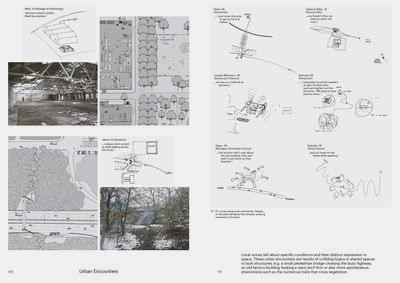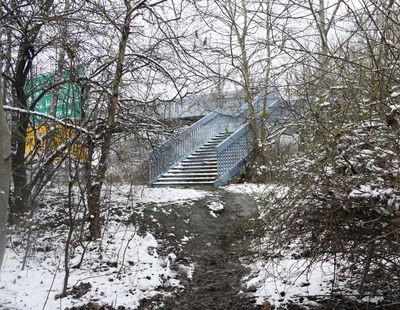Kraj Kao ZmajHighway Neighbourhood: Mediating Public EncountersMichiel Gieben and Katarina Savic
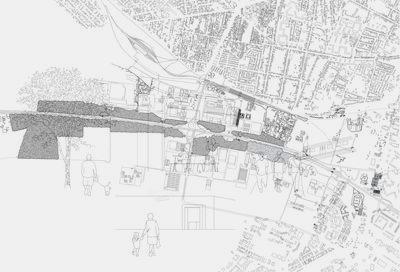
The “Highway of Brotherhood and Unity,” a gigantic socialist infrastructural project that stretched over 1,182 km across Yugoslavia, connecting its four constituent states, runs right through the centre of Belgrade. When the road was constructed under Josip Broz Tito in 1949, it was not merely a piece of infrastructure but a project charged with symbolic meaning and designed with aesthetic and monumental qualities. Bridging four fraternal nations, its course opened vistas of landmarks and cities, sometimes even lined with dedicated landscape elements. Where it passes the western outskirt of the metropolitan region of Belgrade, it is still flanked by a forested strip, forming a green gate to the city.
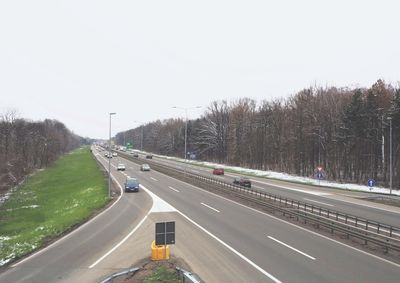

Conceived initially as a buffer zone along the highway, it is considered an economic area and houses several industrial activities in today’s planning. The wholesale food market, an electricity plant and a large hospital are interwoven with the artificial vegetation. Although it is increasingly vital for the expanding housing neighbourhoods, the public land is hardly accessible, and its recreational value is only beginning to be recognised. The current development plan encompasses about 1000 ha with economic activities, public services and facilities, infrastructural connections and green areas for communal activities. The land intended for the construction of buildings is divided into distinct zones in relation to the position and typology of the building, the existing structure and special conditions of use.
As one of the most critical infrastructural axes, the highway attracts industrial activity in its vicinity. The project Kraj Kao Zmaj—Highway Neighbourhood explores the mediating capability of a new kind of spatial encounters in-between spaces created by logistic and mobility infrastructures and economic interests. These encounters are transformed and reactivated to serve a growing Kraj Kao Zmaj highway neighbourhood’s public and ecological dimensions.
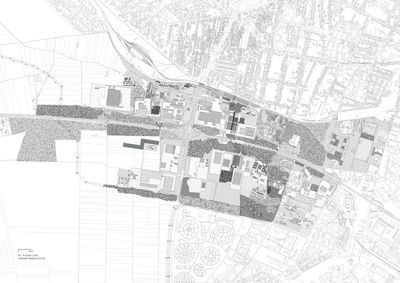
Kraj Kao Zmaj—Highway Neighbourhood.
